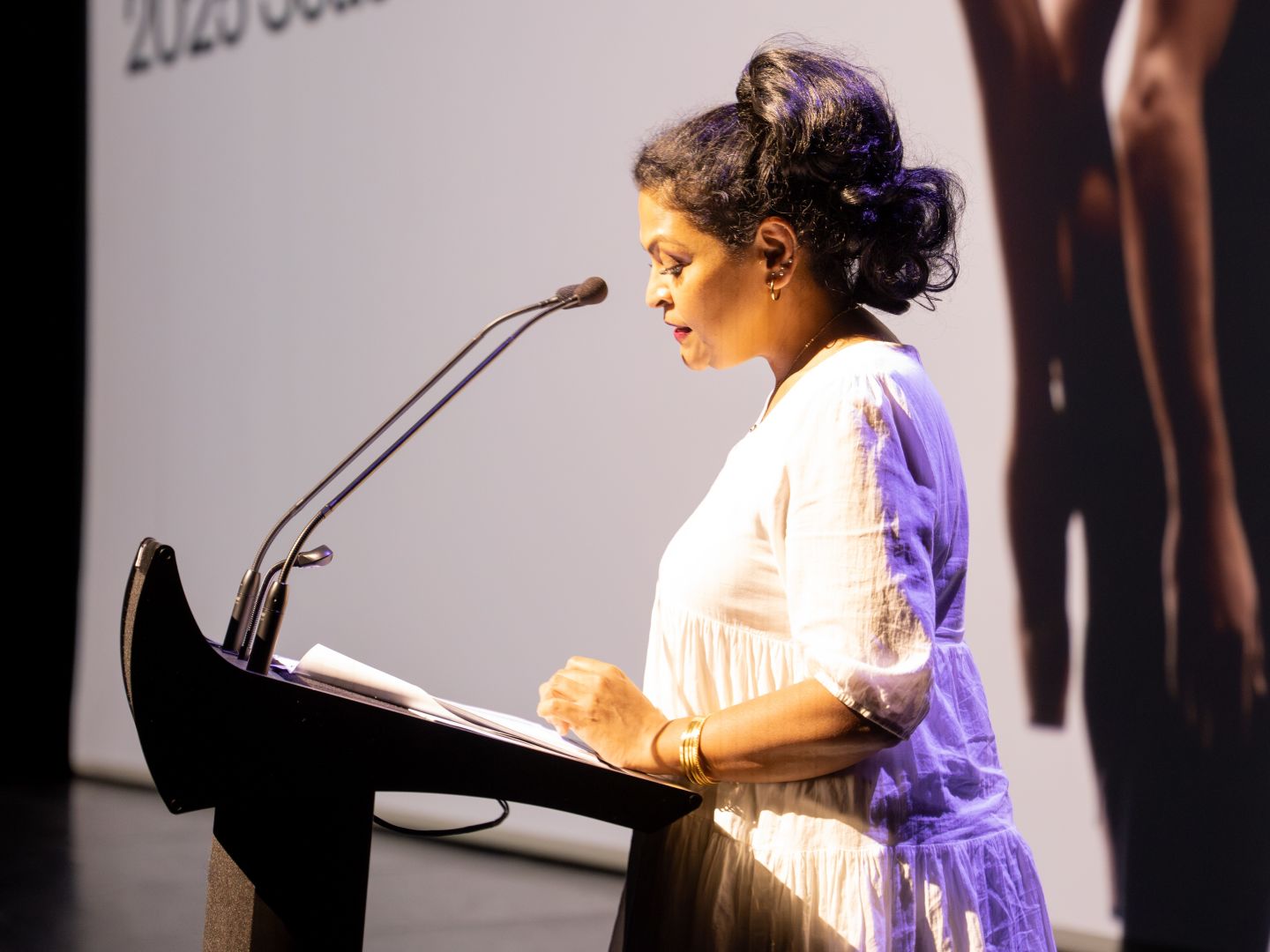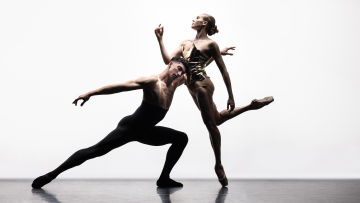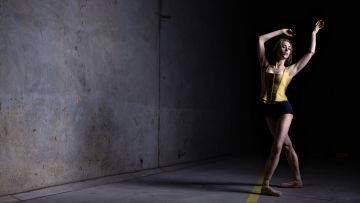Queensland Ballet Arts Leader Reflects on Industry Challenges and Responsibilities

As the arts sector grapples with a wave of leadership transitions and challenges, Executive Director of Queensland Ballet, Dilshani Weerasinghe, has raised important questions about the sustainability and relevance of arts organizations in today’s landscape.
“My peers in executive roles—CEOs, Artistic Directors, Executive Directors—are either smoke-bombing out or leaving dramatically,” Weerasinghe stated. “And this is happening around the world, not just here in Australia, and I’m asking why?”
In a candid reflection held at the Thomas Dixon Centre, Weerasinghe emphasized the pride within the arts community in sacrificing for their craft, but she cautioned that this relentless hustle may come at a cost.
“In the arts, we often wear our struggles as badges of honour, but the question remains: is this hustle taking a toll on our leaders and our organizations?”
Weerasinghe acknowledged that while recent years have seen box office successes, there is still much work to be done.
“In the last few years, we’ve done well at some things, not so well at other things so let’s move forward with insights from our experiences, seeking guardianship from those who understand our past and can help navigate our future.”
With a commitment to nurturing the next generation of artists, Weerasinghe underscored the importance of relevance and engagement.
“We have a responsibility to ensure that our artistic endeavours reflect the diversity of our community. If our artists don’t represent the society around us, we need to do more. We need to consider scholarships and other initiatives to remove barriers for participation.”
She also highlighted the crucial role of arts in addressing broader societal challenges, particularly for young people and those facing health issues.
“If ballet can alleviate pain and improve lives, isn’t that our responsibility? We must pay it forward to help the next generation see their bright opportunities ahead.”
Ms Weerasinghe stressed the need for relevance to various stakeholders—audiences, artists, and community members alike.
“If we are relevant to our audiences, they will come to our performances; If we are relevant to our artists, then they will continue to audition for us, to stay with us, rehearse in our studios, perform on our stages, and tour around Queensland for us. If we are relevant to our community, they will engage with our programs and support our initiatives.”
“As artists and arts workers we are standing on the shoulders of those who have gone before us and we have an opportunity to pay it forward to build on those sacrifices and contributions. We must never lose sight of the fact that we are here for just a period of time. If we think this way, then our approach and our attitude is different to an approach that may consider only what can be achieved while we are here.
She concluded by saying the ultimate priority comes back to legacy.
“As custodians of our organizations, we must ask ourselves: What legacy do we wish to leave? It’s not about being remembered; it’s about ensuring the arts continue to thrive for future generations.”



